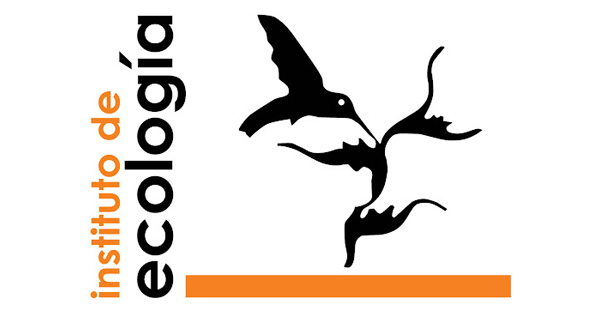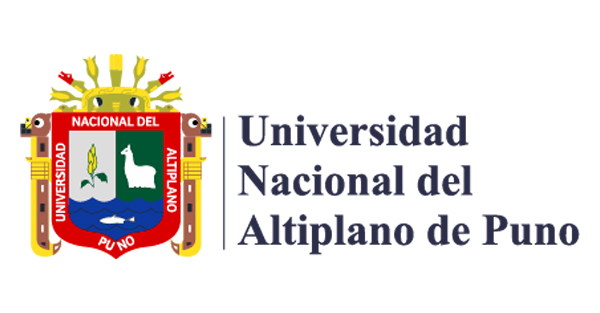Lake Titicaca is a globally unique, high water freshwater ecosystem in the Central Andes. It is under threat from a variety of anthropogenic sources including climate change, overfishing and pollution. This project is working with local people on conservation of the endemic and endangered Titicaca Grebe (Rollandia microptera). The species suffered an over 70% population decline between the 1970s and the early 2000s, but there are significant knowledge gaps in the cause of this decline, and how to halt it.
CONSERVATION CONTEXT
The project conducted the first population census of the Titicaca Grebe in over twenty years. Previous to this project, there had been no study looking at the drivers of habitat suitability for the Titicaca Grebe, or the geographic variation in population trends. The census results indicated that the population had recovered slightly from a low in the early 2000s, but that this recovery was not universal across its range. The project has also studied the natural history of the Titicaca Grebe, including its behaviour and its lifecycle, providing a backbone for future conservation interventions.
A major threat facing the species is invasive fish which compete with it for food. Using stable isotope analysis, the project analysed how the Titicaca Grebes’ diet has changed in response to invasive salmonids and studied the overlap between the target fish species of humans and Grebes.
The project also conducted surveys on the drivers of human conflict with Titicaca Grebes, and found fisheries bycatch to be a significant issue, given the damage it does to nets. The Grebes are also seen as a competitor for fish.
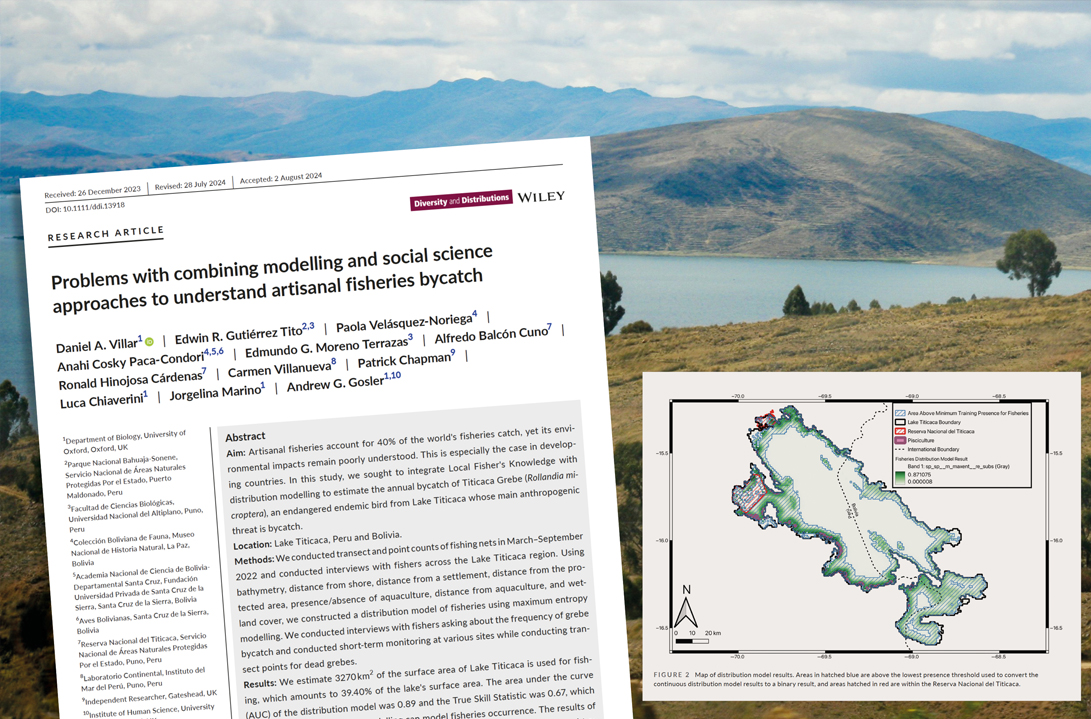
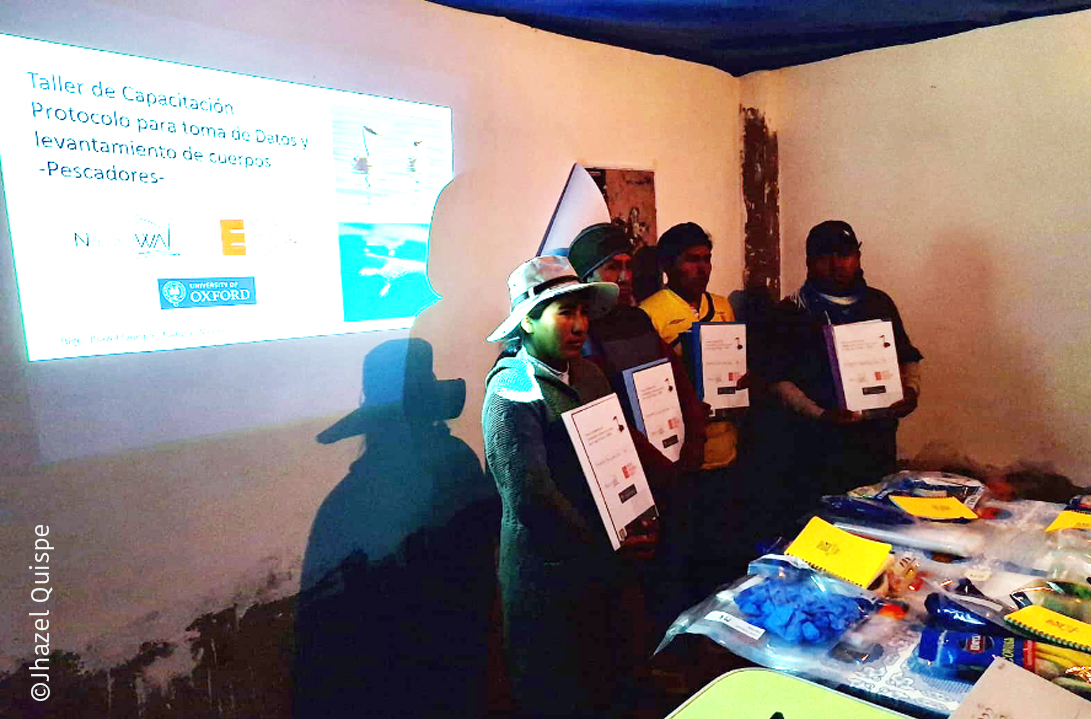
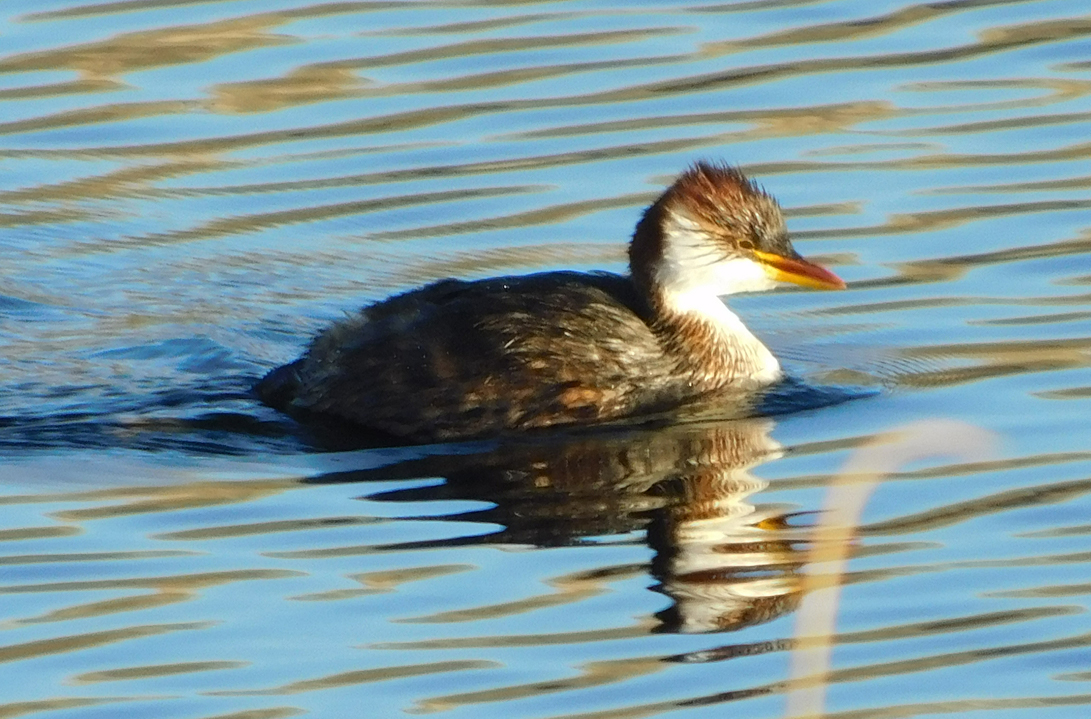
APPROACH
The project has conducted a series of workshops with local communities in the Titicaca Region, aiming to reduce hostility towards the Grebes and explore potential conservation actions. This collaborative approach has proved more fruitful than some other ‘top down’ conservation campaigns in the region. Indigenous led education efforts conducted as part of the project have already helped foster more positive attitudes towards the Grebes.
Three years of Titicaca Grebe population and bycatch number surveys have been conducted. Findings have been fed into distribution and other statistical models to map the species’ abundance and to understand the drivers of fisheries bycatch. Working with local fishermen the project has made progress in reducing fisheries bycatch.
A combination of gut content and stable isotope analysis has shed light on the effect of invasive species on Grebes’ diets, and helped evaluate whether the perception of the Titicaca Grebe as a major competitor for fish is accurate or not.
PROJECT MEMBERS
Daniel Villar leads this PhD project, supervised by Dr Jorgelina Marino and Professor Andrew Gosler. Key project members beyond Oxford are Jhazel Quispe Coila – Director of NaturalWay Peru, Edwin Gutierrez Tito – scientist at the Reserva Nacional del Titicaca, Edmundo Moreno Terrazas – Profesor de Ecologia, Universidad Nacional del Titicaca, Paola Velasquez-Noriega – ornithologist at the Colecion Boliviana de Fauna and Anahi Cosky Paca-Condori – ornithologist and conservationist at Aves Bolivianas.
PROJECT PARTNERS
NaturalWay Peru is a Puno, Peru based NGO focused on working with indigenous communities for conservation in Lake Titicaca. They have been instrumental in building up citizen science conservation networks and in monitoring the Titicaca Grebe population. The Universidad Nacional del Altiplano is the state university of Peru. Several scientists from this institution, including Prof. Edmundo Moreno Terrazas, have been key collaborators in this project. The Reserva Nacional del Titicaca is the main national park in Lake Titicaca. Its park rangers have guided WildCRU researchers through the lake, and they have provided assistance with working with local communities and obtaining permits. The Colección Boliviana de Fauna has been a research partner, involved in preparing specimens and conducting fieldwork on the Bolivian side of Lake Titicaca.
Key publications
Addressing conflict between fishermen and the Titicaca Grebe ( Rollandia microptera ) through diet analysis
Perceptions of the Titicaca Grebe (Rollandia microptera) in a Peruvian Aymara Fishing Village
Trends in the area of suitable breeding habitat for the Endangered Lake Titicaca Grebe Rollandia microptera, 2001-2020
Indigenous–wildlife conflict and coexistence in the Altiplano
Addressing conflict between fishermen and the Titicaca Grebe ( Rollandia microptera ) through diet analysis
Human–wildlife conflict is often a driver of species declines, and understanding the material basis of this conflict is the first step in addressing it. The Titicaca Grebe Rollandia microptera is an endangered endemic species found solely in the Lake Titicaca watershed of Peru and Bolivia, and has experienced population declines due to fisheries bycatch. Human fishers often have negative opinions of the Titicaca Grebe, because they consider it as a competitor for declining fish stocks. We tested that assumption by an analysis of the bird’s diet and found that the Titicaca Grebe does not compete with fishers for more lucrative fish species such as trout Oncorhynchus sp. and Pejerrey Odontesthes bonariensis, but does compete for the less desirable (to human fishers) native Orestias sp.
Perceptions of the Titicaca Grebe (Rollandia microptera) in a Peruvian Aymara Fishing Village
Trends in the area of suitable breeding habitat for the Endangered Lake Titicaca Grebe Rollandia microptera, 2001-2020
The Lake Titicaca Grebe Rollandia microptera is a poorly studied endemic species found in the Lake Titicaca watershed of Peru and Bolivia. Multiple surveys from the early 2000s indicated that the species was suffering a rapid population decline with an unknown cause. At the same time as these surveys, reports emerged that there was an increase in burning of the totora wetlands which are thought to be the primary habitat for the Lake Titicaca Grebe. However, since 2003, no work has been published either on the current population of the Lake Titicaca Grebe, or the extent of the totora wetlands in the Lake Titicaca region. This paper used satellite data to monitor the change in extent of habitat potentially suitable for the Lake Titicaca Grebe to determine whether habitat loss is likely to be a major driver of population declines in this species. We found that the extent of potentially suitable wetland remained stable between 2001 and 2020, though there are more local regional trends of change in extent of totora. We also found that multiple areas exist that might support Lake Titicaca Grebe populations, but where ornithological knowledge is lacking. We suggest no change to the IUCN status of the Lake Titicaca Grebe, but recommend that further fieldwork is required to monitor the species’ current population, especially in previously unstudied but potentially habitable areas.

